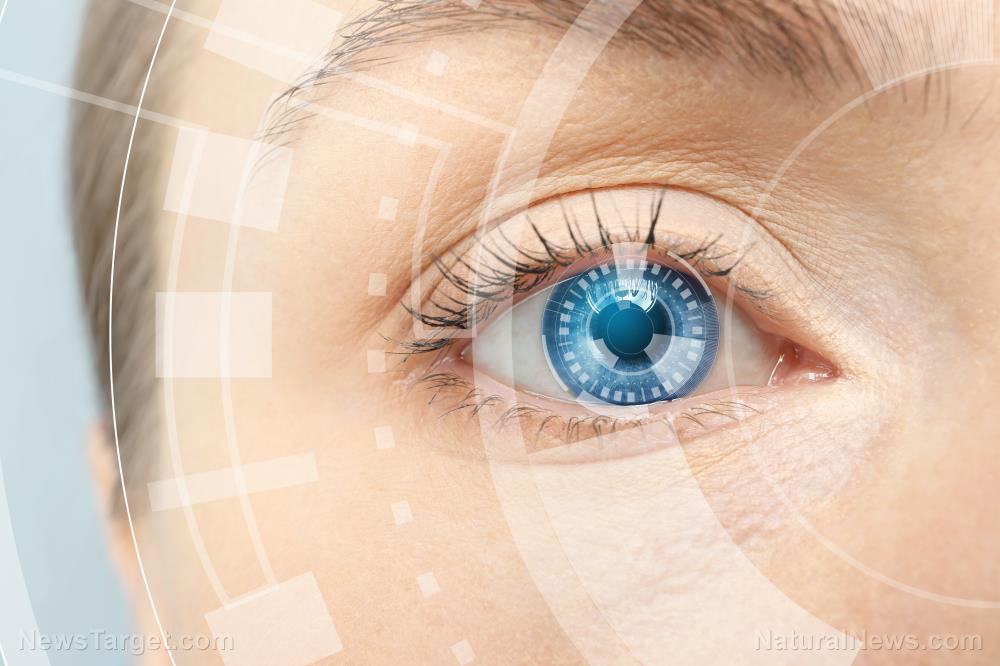
Before her death, Starr had spoken out publicly about her trouble recovering from the Lasik SMILE procedure. This form of LASIK, which gained FDA approval in 2016, involves a surgeon creating a piece of tissue in the cornea with a femtosecond laser and then making an arc-shaped cut on the surface of the cornea, through which the tissue is extracted and then discarded. This reshapes the cornea to correct nearsightedness, and recovery normally takes a few days.
However, Starr’s experience was different. After going under the knife in October, she missed several weeks of work. In a Facebook video explaining her absence when she returned to work on November 13, she was downcast and said she was dealing with blurry vision.
She said: “I am struggling a little bit so I need all the prayers and well wishes. This is a hard go.” She asked for tips and said she was trying to stay strong and get through her recovery and hoped to get her vision back.
A day later, however, she reported that her first day back at work had been too much of a struggle and that she needed more time off to recover. It would end up being her last Facebook post.
It's not an uncommon as you might think
Although most people who undergo laser eye surgery won’t experience complications, they can be devastating when they do occur. Around half of the patients studied in a 2017 FDA clinical trial developed distorted or blurred vision despite technical improvements to their vision, and they found some reluctance among patients to report these effects to their doctors.
Some of the known risks of Lasik SMILE include glared or haloed vision, infection, worsening vision, debris entering the incision area, the need for retreatment with a more invasive operation, and blindness.
In a 2008 FDA hearing, some patients testified that they struggled for years with burning eyes and blurred vision, and some families reported loved ones had lost jobs or been driven to suicide because of LASIK complications.
One such case involved 56-year-old Canadian father of two Paul Fitzpatrick, who wrote in his suicide note that post-laser eye surgery pain pushed him to take his life. He wrote that he could no longer experience any kind of pleasure, adding: “Just the pain of burning eyes inside my head and throughout myself… Since 1996 Pain, pain and more pain, please forgive me for not being strong enough to cope. The past few months have been unbearable.”
His parents report that he saw specialists in the U.S. and Europe, but the treatments and additional surgeries only made his pain worse. He ended up needing to walk with a cane and had planned to move back in with his parents for extra help shortly before his death.
Many patients unaware of potential complications
The founder of a support group known as Lasik Complications, Paula Cofer, said that there were at least ten other post-Lasik suicides in the U.S. that she was familiar with. Her site is dedicated to 27-year-old veteran Max Burleson Cronin, who killed himself in 2016 after suffering relentless pain and losing the ability to see at night or read screens.
One video game developer told the New York Times that the pain he experiences well after getting Lasik is like “hot grease is in my eyes, 24-7.” He said he regrets not researching the potential side effects better.
Many times, doctors fail to inform patients that Lasik could cause permanent damage. They’ve been criticized of doing little to dispel the widespread but mistaken belief that the procedure is foolproof.
These suicides drive home the point that it’s essential to thoroughly research any medical procedures you’re considering -- using unbiased sources. The side effects of laser eye surgery might be uncommon, but the sheer devastation they can cause needs to be publicized so people can make informed choices.
See DangerousMedicine.com for more examples of the dangers of modern medicine.
Sources for this article include:
Please contact us for more information.






















